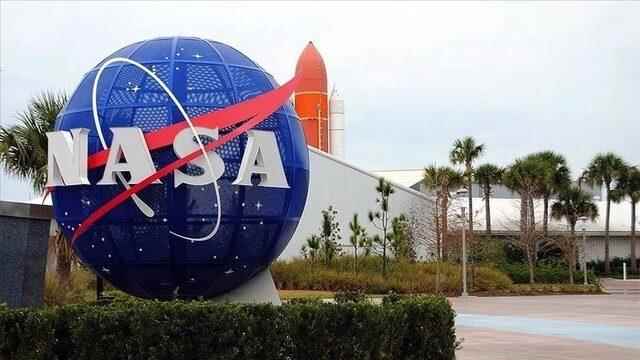An Earth-sized exoplanet has been discovered in the “habitable zone” of the Dolphin (Dorado) Constellation orbiting the Transitional Exoplanet Survey Satellite (TESS), NASA said.
“IN THE DISTANCE TO ENABLE THE WATER TO BE THERE”
This exoplanet, named “TOI 700 e”, orbiting a star about 100 light-years away from Earth, is at a distance from its orbiting star that would allow water to exist on the planet’s surface.
“This is one of the few systems we know of with multiple, small, habitable zone planets,” NASA researcher Emily Gilbert said in a statement. she used the phrase.
“Previous Discovery is APPROXIMATELY 10 PERCENT SMALLER THAN ‘TOI 700 D'”
Emphasizing that this discovery is an exciting advance to follow the TOI 700 system more closely, Gilbert said that the recently discovered “TOI 700 e” exoplanet is about 10 percent smaller than the previous discovery “TOI 700 d” and increasingly smaller with TESS observations. He pointed out that it also helped to find worlds.
Experts had previously detected three exoplanets called “TOI 700 b, c and d” in the system named “TOI 700”.
The new findings of TESS were shared with researchers at the 241st annual meeting of the American Astronomical Society, held in Seattle, Washington, USA.
THE EXTERNAL PLANET HUNTER TESS
TESS satellite, which contains 4 large camera equipment, each of which observes a quarter of the space in the direction it is looking at, for 27 days without interruption, is trying to detect exoplanets in a position called “transition”.
“Transition” describes the moment when an exoplanet passes in front of an orbiting star.
By observing the decrease in the brightness of the star reflected in the cameras at this moment, scientists can determine the mass, density and atmospheric composition of the planets in question by measuring the emission and absorption of light. (AA)
